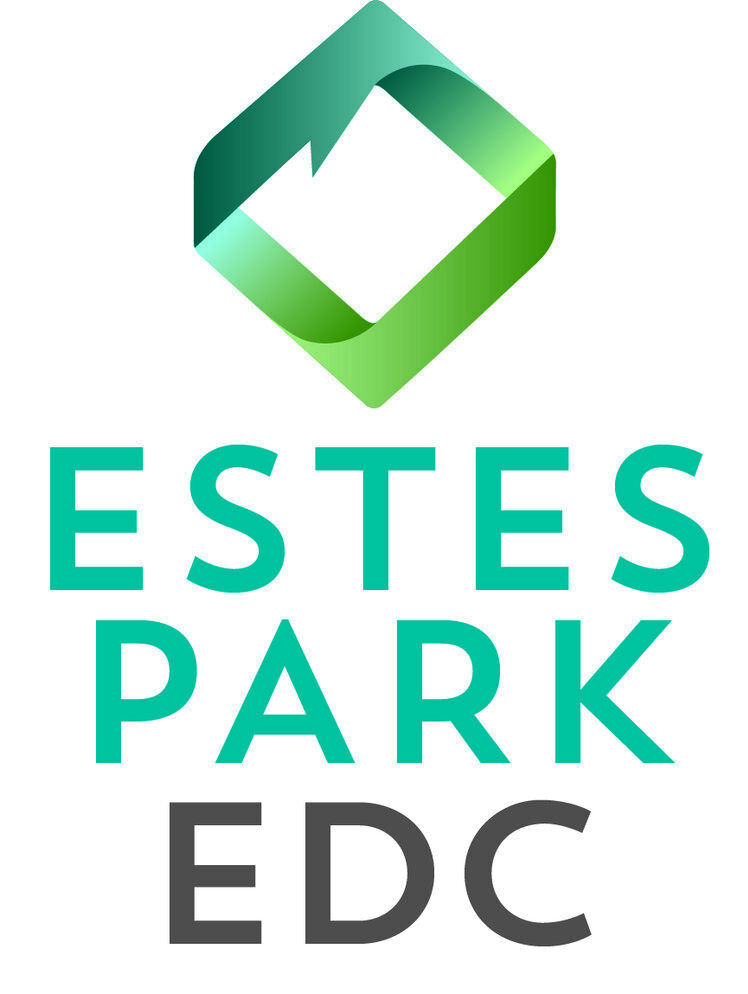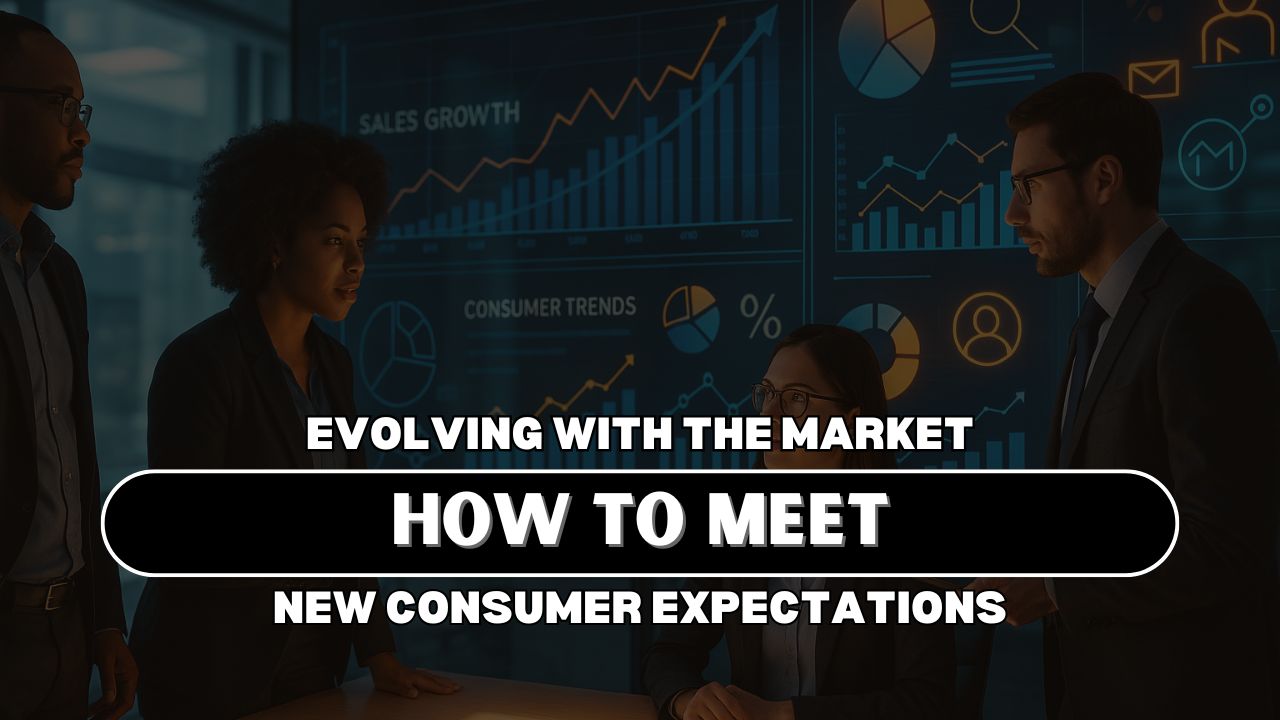Change is no longer the exception — it’s the rule. In today’s dynamic world, consumer expectations evolve faster than most companies can keep up. What worked five years ago — or even last year — might no longer meet customer needs today.
Businesses that fail to evolve risk becoming irrelevant. Meanwhile, those that listen, learn, and adapt can turn changing expectations into competitive advantage. Consumers now seek convenience, personalization, authenticity, and transparency — all delivered seamlessly across every touchpoint.
In this article, we’ll explore how the modern marketplace has shifted, what new expectations define today’s consumers, and actionable strategies for brands to evolve successfully. Whether you’re a startup or a global enterprise, understanding these changes is vital for survival and sustainable growth.
Why Consumer Expectations Are Evolving
The marketplace is not static — it’s shaped by technology, culture, and global events. Several key forces have accelerated this evolution.
1. Digital Transformation
Technology has completely reshaped how people live, work, and shop. Smartphones, social media, and digital payment systems have created instant access and higher expectations for speed and personalization. Consumers now expect real-time updates, one-click purchases, and seamless digital experiences.
2. Pandemic-Driven Shifts
The global pandemic permanently changed consumer habits. Remote work, online education, and virtual shopping redefined convenience. Health, safety, and empathy became top priorities. Customers began choosing brands that supported communities, ensured product safety, and offered flexible digital options.
3. Inflation and Economic Uncertainty
Rising costs have made consumers more selective. People now compare prices across multiple platforms, seek loyalty rewards, and prioritize value for money. Price transparency and ethical business practices are no longer optional — they’re expected.
4. Environmental and Social Awareness
Today’s consumers care deeply about sustainability and ethics. They prefer brands that are environmentally responsible, socially conscious, and transparent about sourcing and production. Companies that ignore these values risk losing credibility.
5. Information Overload
With unlimited information online, consumers are empowered but also overwhelmed. They rely on trustworthy brands to guide their decisions through clarity and honesty. The companies that simplify choices and communicate authentically earn trust faster.
Understanding Modern Consumer Expectations
Modern buyers are empowered, informed, and emotionally driven. Below are the most important expectations shaping their decisions today.
1. Speed and Convenience
Instant gratification defines modern commerce. From same-day deliveries to one-tap payments, customers expect frictionless service. Long wait times or complicated checkout processes instantly turn them away.
2. Personalization and Relevance
Consumers don’t want generic offers or irrelevant ads. They expect personalized recommendations, targeted promotions, and relevant messaging based on their behavior, preferences, and location.
3. Transparency and Trust
In an era of misinformation, consumers value honesty. They expect brands to be open about product ingredients, sourcing, pricing, and privacy policies. A single misleading claim can destroy years of trust.
4. Omnichannel Experiences
Customers want to transition smoothly between channels — browsing online, buying in-store, and tracking via app — all with consistent service and tone. They expect businesses to remember their preferences across every platform.
5. Social and Environmental Responsibility
Modern buyers want their purchases to make a difference. Brands must demonstrate genuine commitments to sustainability, fair labor, and ethical business practices — not just through marketing but through real actions.
6. Control and Empowerment
Consumers want flexibility — to choose delivery times, return options, and communication methods. They also expect quick issue resolution through chatbots, self-service portals, or responsive customer care.
7. Reliability and Consistency
Even with all these expectations, reliability remains the foundation. Consumers expect brands to deliver consistent quality, dependable service, and quick recovery when problems arise.
Key Shifts: Old vs. New Expectations
| Category | Old Consumer Expectation | New Consumer Expectation | Business Adaptation |
|---|---|---|---|
| Speed & Service | Willing to wait several days | Immediate fulfillment & instant support | Automate, streamline logistics |
| Personalization | Generic promotions | Individualized offers & recommendations | Leverage AI and CRM data |
| Transparency | Minimal disclosure | Full clarity on pricing & sourcing | Publish policies and processes |
| Brand Purpose | Neutral stance | Active social/environmental responsibility | Embed sustainability in strategy |
| Communication | One-way messaging | Two-way engagement | Respond across multiple channels |
| Technology | Optional online presence | Seamless digital experience | Invest in omni-platform solutions |
| Reliability | Occasional delays accepted | Expect 24/7 consistency | Build redundancy and resilience |
How Businesses Can Evolve with the Market
Meeting new consumer expectations requires strategic transformation. The following pillars outline how to evolve effectively.
1. Listen Actively to Your Consumers
Understanding your audience is the first step. Brands must continuously gather feedback through surveys, reviews, and social listening. Look beyond demographics — analyze behaviors, motivations, and pain points.
Practical Tips:
- Conduct quarterly customer satisfaction studies.
- Monitor brand mentions and sentiment on social media.
- Create direct communication channels for feedback.
- Reward loyal customers who share insights or suggestions.
By turning data into empathy, you gain a true understanding of what your customers need — and how to serve them better.
2. Build Agility into Your Business Model
Adaptability is no longer optional. Whether it’s changing product lines or adjusting marketing strategies, flexibility allows you to respond to shifting trends.
How to Build Agility:
- Implement agile workflows across teams.
- Use cloud-based platforms for scalable operations.
- Encourage a test-and-learn culture instead of perfectionism.
- Empower employees to make quick, customer-centric decisions.
When agility becomes part of company culture, you can pivot easily without losing direction.
3. Prioritize Personalization through Data Intelligence
Consumers love when brands “get them.” Personalization creates emotional connection — turning transactions into relationships.
Steps to Implement:
- Use CRM systems to track user behavior and preferences.
- Automate personalized offers via email, SMS, or app notifications.
- Segment audiences for targeted campaigns.
- Use predictive analytics to anticipate future needs.
Remember: personalization must always respect privacy. Transparency about data use strengthens trust.
4. Deliver Consistent Omnichannel Experiences
Customers expect to start a journey on one channel and finish on another seamlessly — like browsing online, buying through an app, and picking up in-store.
Implementation Tips:
- Integrate all platforms into one unified system.
- Train customer service teams to access shared data.
- Ensure branding, tone, and pricing remain consistent everywhere.
- Offer hybrid solutions like “buy online, return in-store.”
A well-connected ecosystem ensures the brand feels cohesive, no matter where customers interact.
5. Reinforce Transparency and Ethical Standards
Honesty has become a core competitive edge. Companies that embrace openness about production, pricing, and social values gain long-term loyalty.
Ways to Build Transparency:
- Publish detailed product information.
- Share real sustainability reports.
- Clarify refund, warranty, and delivery terms upfront.
- Communicate challenges honestly during disruptions.
Being transparent doesn’t mean being perfect — it means being real.
6. Integrate Purpose and Sustainability
Purpose-driven companies outperform their peers. When a brand aligns its actions with a social or environmental mission, it creates emotional loyalty.
Ideas to Integrate Purpose:
- Use eco-friendly packaging.
- Support local communities or small suppliers.
- Promote ethical sourcing and labor practices.
- Donate or reinvest part of profits in sustainability programs.
Modern consumers don’t just buy products — they buy what your brand stands for.
7. Strengthen Operational Resilience
Reliability builds trust. Businesses must prepare for supply disruptions, economic shifts, or sudden surges in demand.
Best Practices:
- Diversify supplier networks.
- Maintain emergency stock for key products.
- Create transparent crisis communication plans.
- Digitize supply chain monitoring to detect risks early.
Consumers notice when companies handle crises smoothly. Strong resilience leads to lasting reputation.
8. Empower Employees to Deliver Excellence
Your workforce is your brand’s front line. Well-trained, motivated employees reflect your values and directly influence customer satisfaction.
Steps to Empower Teams:
- Provide customer-centric training regularly.
- Encourage cross-department collaboration.
- Reward innovative problem-solving ideas.
- Give teams authority to resolve customer issues independently.
Happy, empowered employees create happy, loyal customers.
9. Use Predictive Analytics to Anticipate Market Trends
Data is more than numbers — it’s insight into tomorrow’s expectations. Predictive analytics helps you anticipate what consumers will want next.
Practical Use:
- Track buying trends and sentiment patterns.
- Use machine learning to predict demand shifts.
- Identify early signals of changing preferences.
- Develop new offerings before competitors react.
Anticipation turns you from a follower into a market leader.
10. Communicate Authentically
Authentic communication is now a superpower. Consumers quickly detect scripted or insincere marketing. Be genuine, consistent, and human.
How to Stay Authentic:
- Share stories, not slogans.
- Admit mistakes and show how you fix them.
- Celebrate customer success and community engagement.
- Use real voices instead of overly polished corporate language.
Authenticity builds emotional bridges — and those bridges drive loyalty.
Step-by-Step Action Plan for Evolving with the Market
| Phase | Objective | Key Actions |
|---|---|---|
| Phase 1: Assessment | Understand where you stand | Audit customer feedback, measure satisfaction, map journeys |
| Phase 2: Strategy | Identify key gaps | Set short- and long-term goals for agility, data, and communication |
| Phase 3: Implementation | Deploy initiatives | Launch pilots in personalization, omnichannel, and sustainability |
| Phase 4: Evaluation | Measure results | Analyze NPS, repeat purchase rate, engagement metrics |
| Phase 5: Continuous Improvement | Keep evolving | Use real-time feedback to refine and optimize regularly |
Real-World Example
Consider a mid-sized food delivery company facing declining orders. Customers complained about late deliveries, confusing pricing, and lack of transparency.
Here’s how they evolved:
- Introduced a real-time order tracking system for full transparency.
- Added AI-based personalization, suggesting meals based on dietary habits.
- Implemented eco-friendly packaging and shared sustainability updates.
- Empowered delivery staff with better training and flexible schedules.
In just six months, customer satisfaction scores rose by 23%, and repeat orders increased by 18%. The brand didn’t just survive — it thrived by evolving with its market.
The Long-Term Payoff of Meeting New Expectations
Businesses that evolve gain far more than short-term profits. They earn lasting trust, brand advocacy, and adaptability.
Benefits Include:
- Stronger customer loyalty through relevance and empathy.
- Increased retention from smoother and more personalized journeys.
- Higher brand value driven by authenticity and transparency.
- Faster innovation fueled by real-time feedback.
- Crisis resilience through agile systems and culture.
In essence, evolution isn’t about chasing trends — it’s about staying connected to the people who matter most: your customers.
The Future Belongs to Adaptive Brands
The market will continue to evolve, shaped by new technologies, social shifts, and global events. Businesses that adapt with intention will outlast those that resist change.
The formula is clear:
- Listen deeply.
- Act quickly.
- Stay authentic.
- Lead with purpose.
- Keep learning.
By continuously evolving with the market, you transform customer expectations from a challenge into your greatest advantage.
Adaptation isn’t a one-time project — it’s a mindset that fuels relevance, resilience, and long-term success.
FAQs
Why is it important to adapt to changing consumer expectations?
Because expectations define buying behavior. When you adapt, you align with what consumers truly value — leading to higher loyalty, satisfaction, and revenue.
What’s the biggest mistake companies make when trying to meet new expectations?
Many focus only on technology and forget human connection. True evolution balances digital innovation with empathy and authenticity.
How can small businesses evolve without large budgets?
Start with listening. Use free feedback tools, social media polls, and personalized customer service. Small, consistent improvements create big long-term results.

